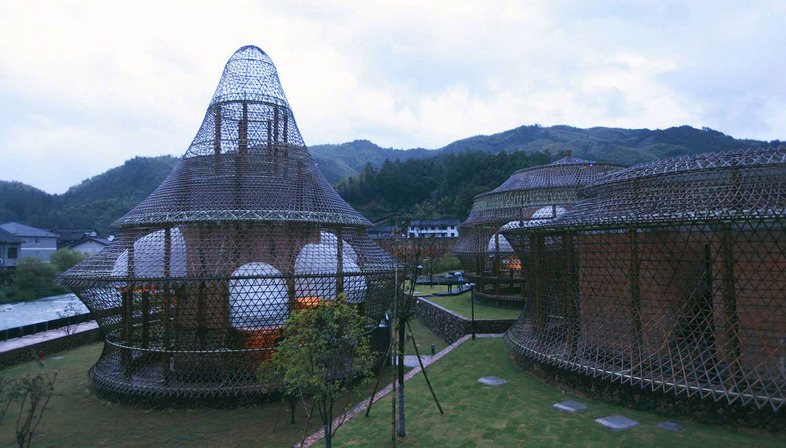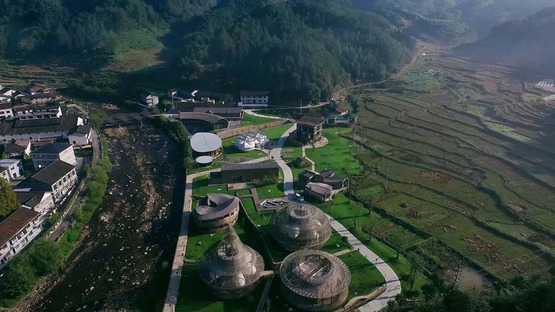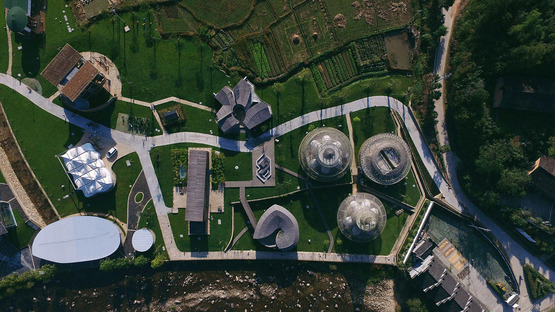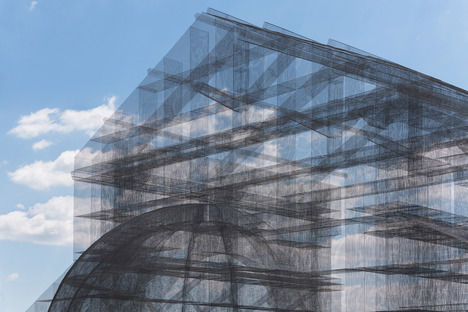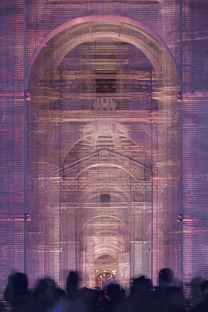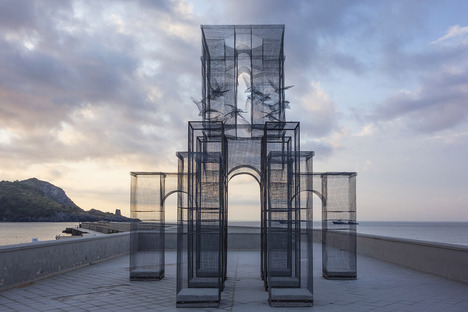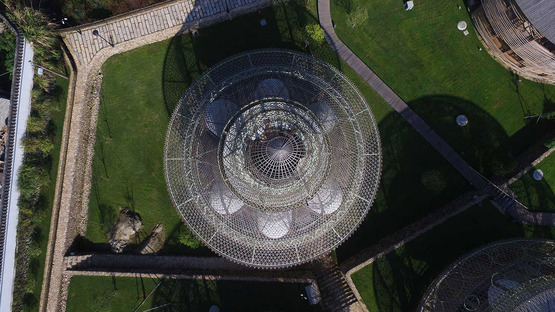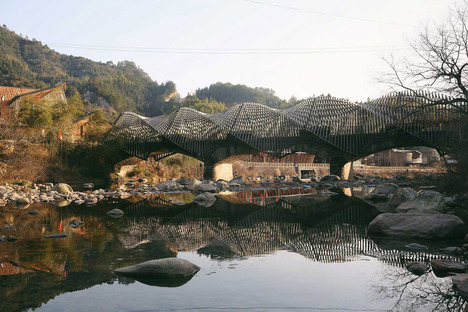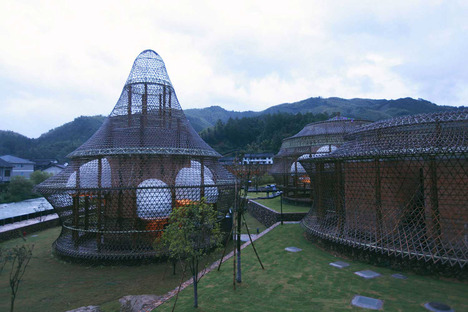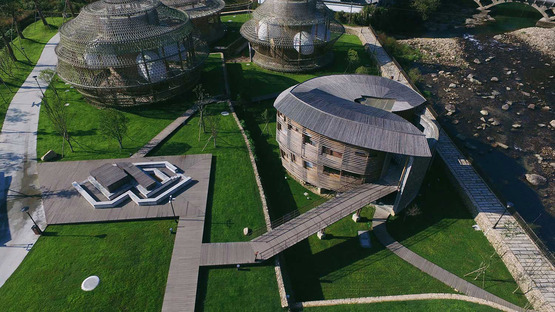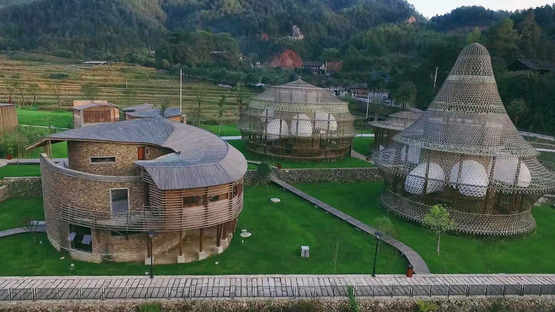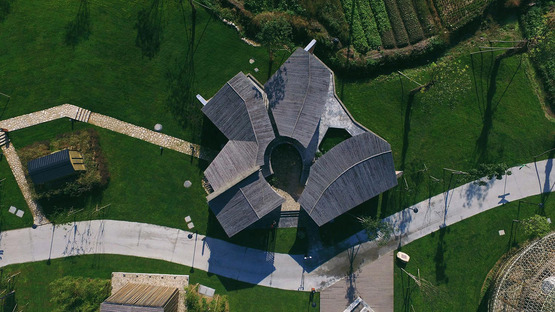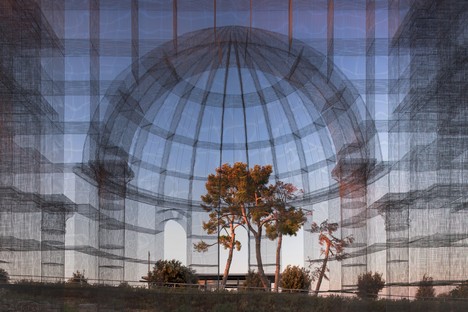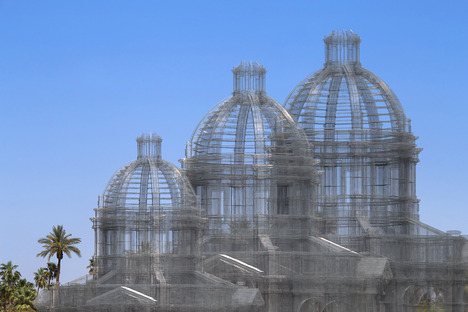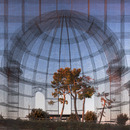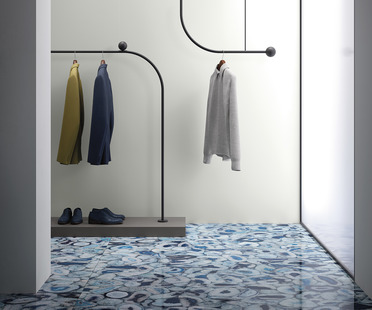27-05-2019
LABORATORIES OF SPECTACULAR
Li Xiaodong Atelier, Keisuke Maeda, George Kunihiro, Anna Heringer, Mauricio Cardenas Laverde, Kengo Kuma,
Fabiano Caputo , Qiantao GE, Roberto Conte,
Installation of Edoardo Tresoldi, Installazioni, International Bamboo Architecture Biennale,
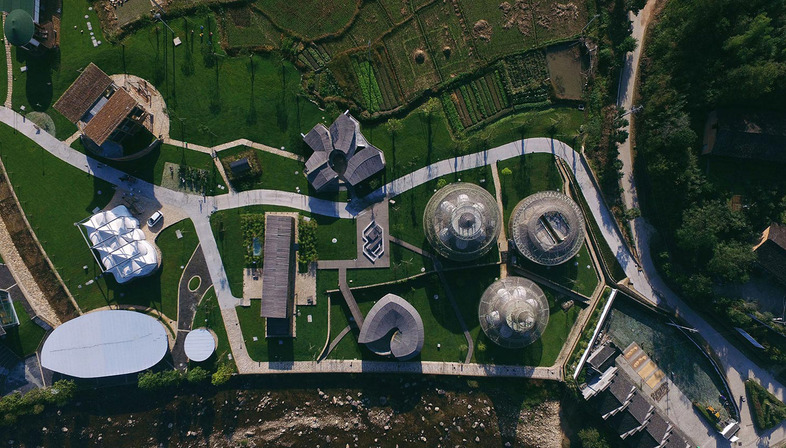 Someone claims that an architectural space cannot exist if it is not defined by its very nature — walls, volumes, surfaces, or simple lines drawn on a piece of paper. Today architects, often resign to the limitations of their craft while a few have conquered the artistry of their techniques. ‘Laboratories of spectacular’ is dedicated to all those who reject the resignation, breaking away formalities and conventions, with remarkable agility and dexterity. This architecture doesn’t share the common building standards but embodies new approaches and perspectives rooted in the deep investigation about material behaviors and performances. What is impressive of all these creations is the spectacular effect of their oversized dimensions, reached by rare, extraordinary craft skills that stretch back to vernacular manufacturing processes. The works, even embedding a sophisticated technology, don’t resemble the cold perfection of our actual high-precise digital fabrications; they emphasize, instead, a purely human world and the incredible potential of making things by hand.
Someone claims that an architectural space cannot exist if it is not defined by its very nature — walls, volumes, surfaces, or simple lines drawn on a piece of paper. Today architects, often resign to the limitations of their craft while a few have conquered the artistry of their techniques. ‘Laboratories of spectacular’ is dedicated to all those who reject the resignation, breaking away formalities and conventions, with remarkable agility and dexterity. This architecture doesn’t share the common building standards but embodies new approaches and perspectives rooted in the deep investigation about material behaviors and performances. What is impressive of all these creations is the spectacular effect of their oversized dimensions, reached by rare, extraordinary craft skills that stretch back to vernacular manufacturing processes. The works, even embedding a sophisticated technology, don’t resemble the cold perfection of our actual high-precise digital fabrications; they emphasize, instead, a purely human world and the incredible potential of making things by hand. I have selected two ‘laboratories’, that, while speaking a very different language, are emblematic representatives of a re-appropriation of an architecture we have lost. On one side, Edoardo Tresoldi, defined ‘the artist of the absent matter’, brings to life vanished architectures of the past with his monumental mesh constructions. The others belong to a current of ‘eco-visionaries’, who aim to recover the dialogue between man and nature that over time has been dangerously interrupted. Through reinvention of a natural material, the bamboo, they re-propose heritage of skills to innovative design possibilities of the 21st century.
The increasing influence of digital technology has subverted traditional architectural design and even the relation space-time is perceived with new responsive dynamics, ignored by previous static representations. Architecture now is not only about the solid but foresees also abstract and ephemeral. What makes the young Tresoldi a case of uniqueness in the contemporaneous artistic panorama is the way he succeeds, achieving involvement of the spectator with digitalized-like constructions, built up by the only audacity of hand skills. His works resound of the beauty of tiny imperfections and irregularities that humanize with poetic flavor the most advanced, sophisticated computational configurations. The ethereal, majestic wondrous installations polarize our amazement, and from contemplation, we are practically sucked into another dimension. Architecture is a tool, managed with the maximum virtuosity, to stimulate a reflection about an unknown, intangible reality. Sequences of different scale, densities juxtaposed to higher transparencies create different perspectives and suggestions: with the complicity of the natural scenery and atmospheric elements, the rigidity of the mesh silhouettes softens, and the sculptures develop magnetic energy and kinetic effects. As melodies of infinity, they start to speak about a distance, awakening memories and becoming vectors to a lost past. Following their emotional narrative, we find projected to a personal introspective encounter between ourselves and the infinity, questioning the mystery of ‘nothingness’. From the silent, empathic dialogue arises the awareness of the uncertainty.
Environmental issues of high-urbanized cities have brought a new appeal to the tranquillity of the countryside, and abandoned traditions that harmoniously blended with nature. The coldness of concrete with the dull tones of its monolithic slabs has sprout too rapidly with invasive strength in China mainland, proposing constructions that appear foreign and unaffectionate toward its people. During 2016 in the rural village of Baoxi, dispersed among pristine green mountains, 600 kilometers from Shanghai, was held the first ever International Bamboo Architecture Biennale. Twelve eco-visionaries, international architects, have hand-knitted eighteen permanent structures that still today appear spontaneously merged with the idyllic context. A deep ‘green’ thread runs through the fabric of each building, closely sewed in the conscious selection of local materials, primarily the bamboo, used for centuries, due to its sturdy flexibility, in traditional Chinese rural constructions, along with earth clay and stone.
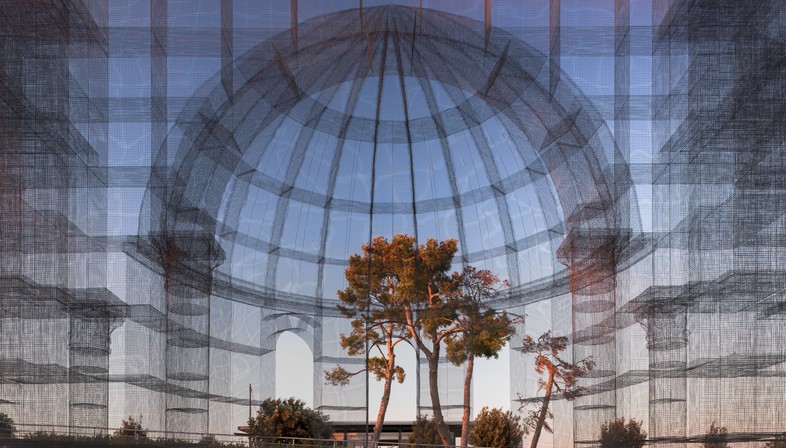
The collective effort has been addressed to support natural formulations well integrated with the green local setting and to encourage the persistence of an ecological lifestyle. The cutting-edge realizations have not only made explicit that could exist a fruitful future collaboration between contemporary architecture and traditional materials but added a cultural value and chances of sustainable survival to the place. New destinations have been envisioned: nests, translucent cocoons, and braided light-meshes morphed into a youth hostel (Anna Heringer), a museum of Celadon ceramic (Kengo Kuma), a laboratory for ceramists workshops (Keisuke Maeda / George Kunihiro), an experimental house (Mauricio Cardenas Laverde), a bamboo-production research and design center (Li Xiaodong). A strong artistic spirit imbues the environment, inspiring especially new generations, with the possibility to be trained in vernacular techniques that must not fall into oblivion.
Credits
Photographs:
International Architecture Bamboo Biennale: Qiantao GE, courtesy of China Design Centre (www.chinadesigncentre.com)
Edoardo Tresoldi (https://www.edoardotresoldi.com) Basilica di Siponto (8,10) & Etherea (9,11) © Roberto Conte, Incipit (12) © Fabiano Caputo










